An increasing awareness is emerging that, although extremely useful in a large pool of applications, space-based sensing, alone, is not sufficient to reach the desired accuracy, reliability, precision, and especially completeness of data requested in some cases.
In the context of risk assessment, where missing details can have a great impact on the accuracy of projected disaster scenarios, it is important to guarantee a reasonable completeness of the data kit; to meet such an ambitious goal, consistent and operational monitoring systems are needed to integrate spaceborne acquisitions at a variety of spatial and temporal resolutions.
On the other hand, the development of sensor networks and mobile-based crowdsourcing appear to be offering the required technical means to generate the complementary data and support the integration of space-based and in-situ sensing.
From the above context, a Special Issue of the MDPI (Multidisciplinary Digital Publishing Institute) journal was conceived, open to the submission of both review and original research articles, related to the exploitation of spaceborne Earth observation (EO) and in-situ sensors for risk assessment from natural threats.
Special attention will be devoted to the emerging paradigms in both sensing contexts, like "open data", "big data", "machine learning", "crowdsourcing" and "participative sensing". The Special Issue welcomes contributions ranging from exposure and vulnerability assessment, to geospatial methods for risk scenario analysis, to sensor networks, as well as innovative approaches using sensor fusion and deep learning. Original contributions on hazard and damage assessment are also encouraged.
Special issue web page: http://www.mdpi.com/journal/sensors/special_issues/natural_threats
Deadline for manuscript submissions: 30 June 2017








